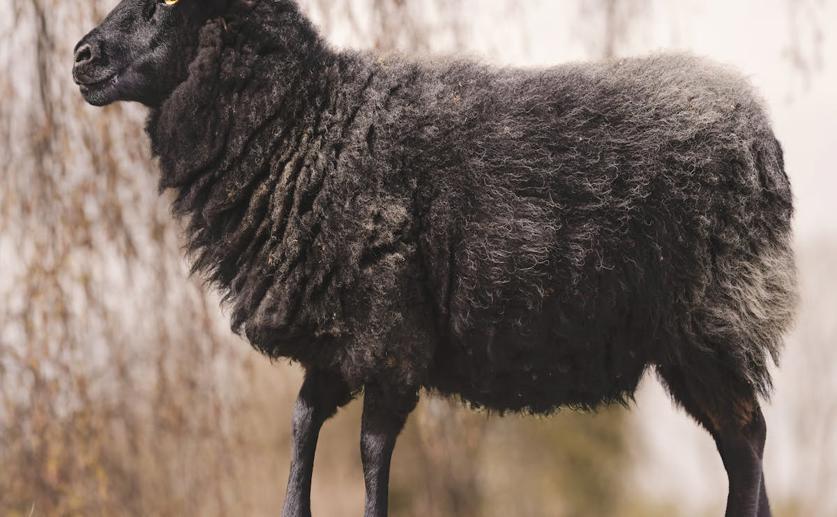
High-Density Genetic Map and Key Traits for Body Weight and Wool in Merino Sheep
Greg Howard
28th June, 2024

Image Source: Mark A Jenkins (photographer)
Key Findings
- The study focused on Alpine Merino sheep, bred for cold, arid climates in Northwest China
- Researchers identified genetic markers linked to body weight, wool yield, and wool fiber traits
- These findings support the use of Marker-Assisted Selection (MAS) to improve economically important traits in Alpine Merino sheep
AgricultureGeneticsAnimal Science
References
Main Study
1) Construction of a high-density genetic map and QTL localization of body weight and wool production related traits in Alpine Merino sheep based on WGR
Published 27th June, 2024
https://doi.org/10.1186/s12864-024-10535-4
Related Studies
2) Genome-Wide Association Study of Body Weight Traits in Chinese Fine-Wool Sheep.
3) Whole-Genome Resequencing Reveals Selection Signal Related to Sheep Wool Fineness.
4) High-throughput genotyping by whole-genome resequencing.
5) Gains in QTL detection using an ultra-high density SNP map based on population sequencing relative to traditional RFLP/SSR markers.



 31st March, 2024 | Jenn Hoskins
31st March, 2024 | Jenn Hoskins